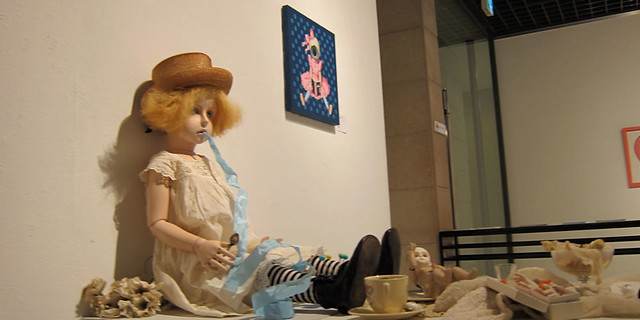
with dolls by Yuriko Yamayoshi and pictures by Trevor Brown.

with dolls by Yuriko Yamayoshi and pictures by Trevor Brown.
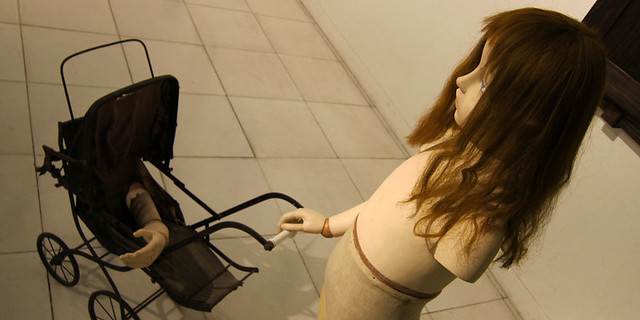
with dolls by Yuriko Yamayoshi and pictures by Trevor Brown.
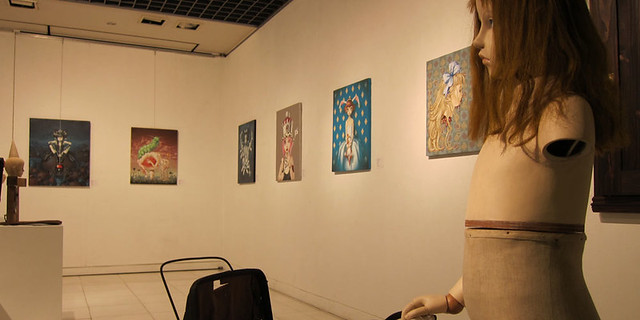
with dolls by Yuriko Yamayoshi and pictures by Trevor Brown.

with dolls by Yuriko Yamayoshi and pictures by Trevor Brown.
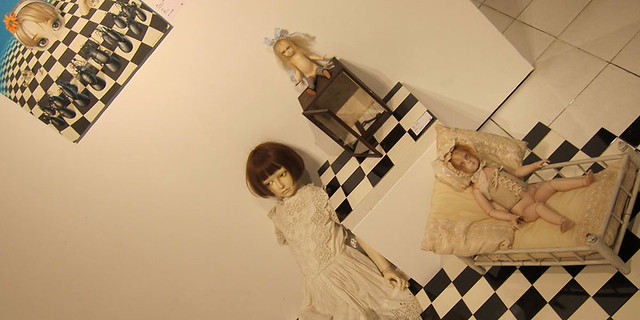
with dolls by Yuriko Yamayoshi and pictures by Trevor Brown.
bunkamura gallery - 31 march to 11 april 2010
with dolls by Yuriko Yamayoshi and pictures by Trevor Brown.
Follows an excerpt from the article:

Look the Doll in the Eyes: the Uncanny in Contemporary Art
by Ruth Ronen
" (...) The doll, as perceived in the symbolic order of our culture, is tied with beauty and infantile innocence, and as such elicits pleasure (this is claimed heregrosso modo although historically the doll is not only a prop in children’s games but also a device in various rituals and ceremonies of a malignant nature). Dolls, representing themes that are officially rejected by modernism yet touching ambiguously on the limits of these themes thus indicate at the outset the intricacy involved in presenting this image in contemporary art.
The Uncanny in Freud
Turning to psychoanalysis in the context of doll images is not motivated just by the fact that Freud used the example of the doll as central case to illustrate the idea of the uncanny (and specifically the doll Olympia from A.T.Hoffman’s “The Sandman”) but from the fact that psychoanalysis opens up the possibility of thinking about dolls as constituting an image in which pleasure and displeasure, living beauty and uncanny inanimation, are conflated. This very idea that the doll represents the impossible encounter between innocent beauty and uncanny effects (the uncanny being, according to Freud, one type of anxiety that the encounter with art can elicit) may provide a preliminary explanation to my interest in the doll image and account for the choice of such images in order to consider the possibility of an aesthetics that exceeds the distinction between beauty and its opposites, between the pleasing and the anxiety-provoking object.
Psychoanalysis, as is well known, runs against the common view of childhood as a time of innocence. Whether we address the early Freud who saw neurosis as the result of a traumatic encounter in childhood with mature sexuality, or whether it is the later Freud who treated psychic reality as a series of formations (like fantasy, symptom or the dream) fixated at a moment of early repression, in any case psychic reality cannot be characterized as innocent even when its external products may appear to be so. The young infant sucking with angelic innocence his mother’s breast, implements an infinite demand that can never be satiated by satisfying the physical instinct. This state of insatiability continues to hold now during its early life even when no hunger is felt, and will hold true also later, in its adult life.
Examining the doll-image from this point of view clarifies at the outset that the doll cannot be perceived as a reflection of infantile innocence, nor of a-sexual beauty, but is, by necessity, an impossible materialization of these features together with their opposites. From a psychoanalytic point of view the doll, in its artistic imagining, can indeed be seen as the place where beauty and the shattering of innocence coalesce, where pleasure (associated with childhood games, for instance) is tied with an uncanny feeling (possibly associated with an air of sexuality or of secretiveness effectuated by the doll). It is along these lines that an alternative to the idea of modernism as overstepping the aesthetic values of pleasure and beauty can be suggested. (...)"
text found at:

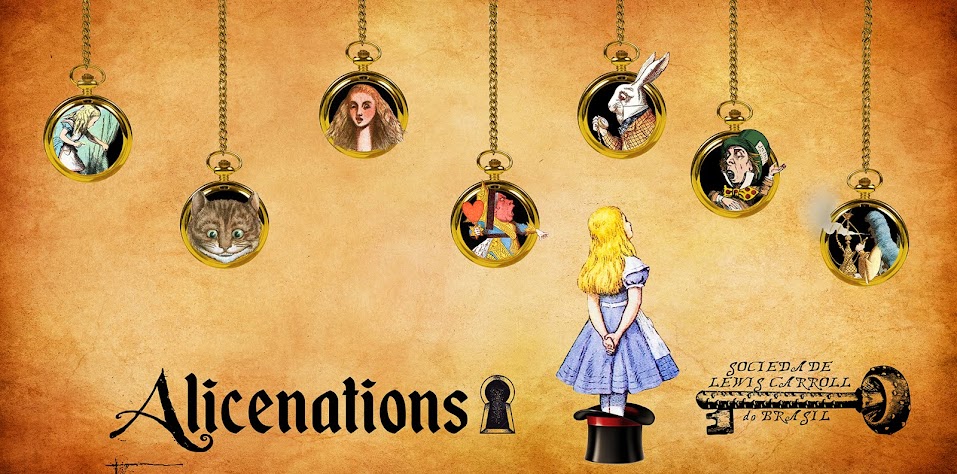
Nenhum comentário:
Postar um comentário